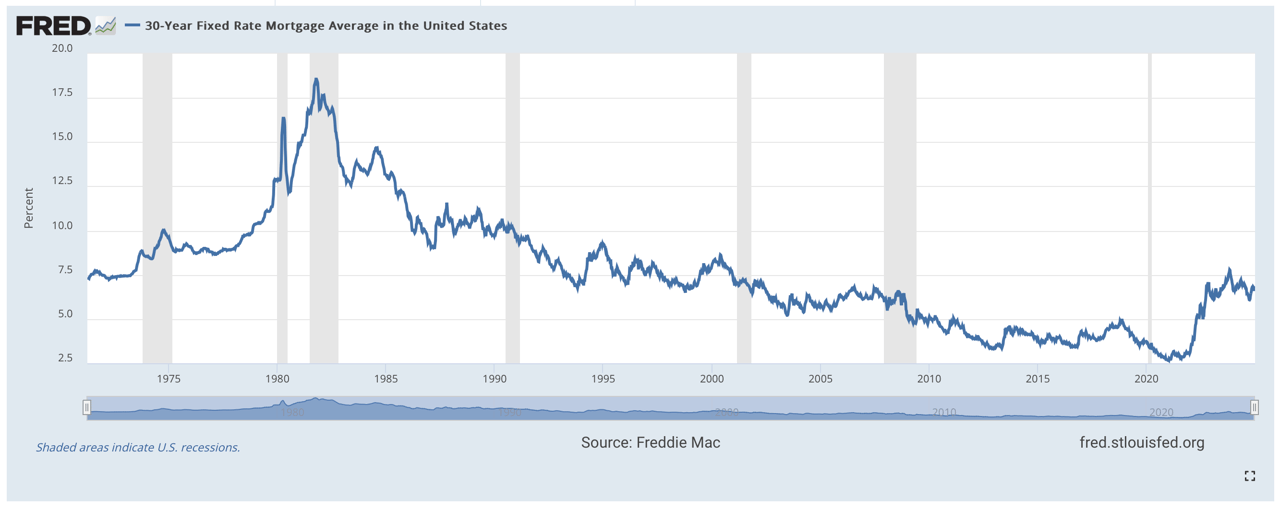While we have seen historically high sales prices for homes on Geneva Lake, consumers throughout the world are also paying higher prices for everyday essentials. Global supply chain problems resulting from the pandemic shutdowns combined with increased consumer demand have laid the groundwork for inflation. As a result, we are seeing higher prices for everything from groceries and clothing to cars and utilities.
As consumers grappled with the price increases, the Federal Reserve worked to get inflation under control. To do this, they raised interest rates to encourage consumers to spend less and save money, thus, trying to decrease demand. For consumers, this meant financing of many kinds, including mortgages, credit card debt, and car loans became more expensive.
Below is a recap of the increases throughout 2022:
- March 2022: The Fed raised its federal funds' benchmark by 0.25%, the first time the Fed increased rates since 2018.
- June 2022: The Fed raised the rate an additional 0.75%, the largest single rate hike since 1994.
- July 2022: After the Consumer Price Index numbers showed inflation was 9.1% on an annual basis (target is 2%), the Fed raised interest rates an additional 0.75%.
- September 2022: With inflation still running high, the Fed raised the rate another 0.75%.
- November 2022: The Fed raised the rate an additional 0.75% and suggested they may soon begin to slow the pace of the hikes.
- December 2022: – The Fed raised the rate an additional 0.5%, the smallest increase in 7 months but indicated future rate increases will continue into the spring.
While the rate increases helped the Fed address inflation, it also had a negative impact on mortgage rates, which more than doubled in 2022. The year began with mortgage rates around 3% and ended near 6.5%. Some homeowners will be hesitant to sell their homes because of their low, locked-in rates of 3% or less. Interest rate buy-downs have become a popular negotiating tool for sellers, which helps buyers have more buying power by securing lower interest rates.
While rates are up, they are at a low point, historically. Since 1971, the only time rates have been lower than 7% was between 2001 and 2021, although they hovered between 5-7% between 2001 and 2008. We only saw a steep decline in rates between 2009 and 2021 because of the Fed lowering rates due to the recession and pandemic. Rates reached their highest point in October of 1981 when they were 18.53%.





